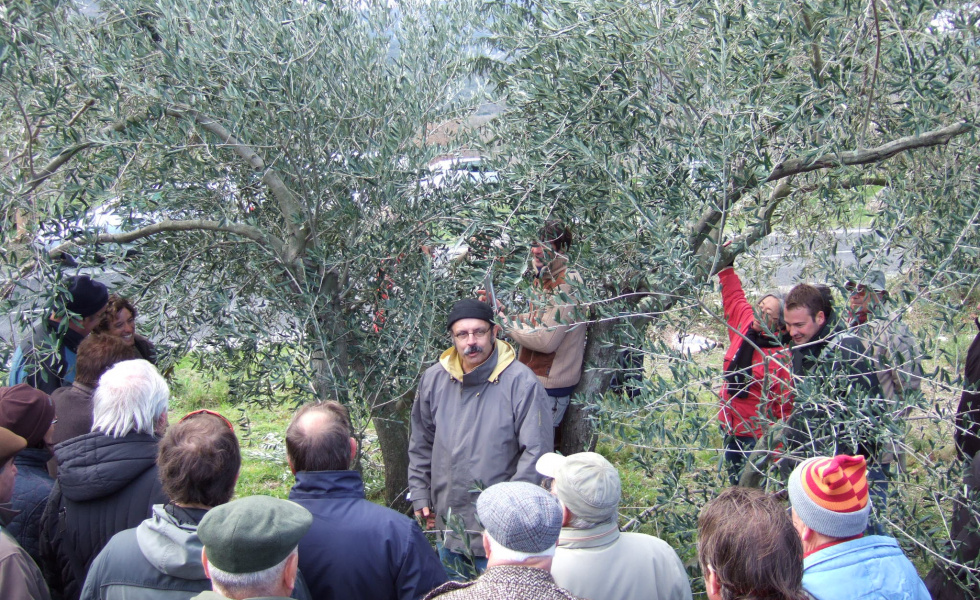The tradition of olive production in the Montpellier Méditerranée Métropole is making a come-back, with many types of local olives such as the “Rougette de Pignan”, “Verdale de l’Hérault”, “picholine” and “negrette,” which are used to make olive oils sought by France’s top restaurants... not to mention the “lucques” variety that is as pleasant to eat as candy.
“Montpellier’s geographical zone offers good soil,” says Jean-Michel Duriez, Deputy Director of the French Interprofessional Olive Association (Afidol). “We have olive producing activity locally because the farmland that used to have olive trees has been preserved.”
According to the expert, the number of olive orchards is growing.
“After the freezes in 1956, producers abandoned their olive groves or uprooted them to plant grapevines. Now, many olive-growing sites are being restored.
About twenty properties in the Montpellier Métropole area have been refurbished, some of which have become landmarks.
For example, Domaine de l’Oulivie in Combaillaux was restored in the 1990s and now comprises nearly 10,000 trees.
“It is one of the largest farms in the metropolitan area as well as one of the most dynamic,” notes the director of Afidol.
One thousand olive trees in Castries were restored by the L’Olivette association, and orchards are maintained at the Château d’O. The emblematic fruit is also inspiring emulation in the city. Numerous amateurs actively maintain the olive trees and harvest olives in their neighborhood parks, roundabouts, and gardens. Some transform the fruit into table olives themselves or bring them to a mill to extract the oil. For example, the cooperative founded in Pignan in 1933, now with nearly 600 producers, acquired a new mill in 2016 and can handle any volume from small to large.
The sector also supports scientific research.
“Montpellier Métropole benefits from a high-quality scientific community, notably with the Montpellier Mediterranean Agronomic Institute, Cirad, and SupAgro, which has its own olive orchard,” points out the expert. “The olive sector emerging here perfectly matches local policy to promote the territory’s most emblematic products.”



